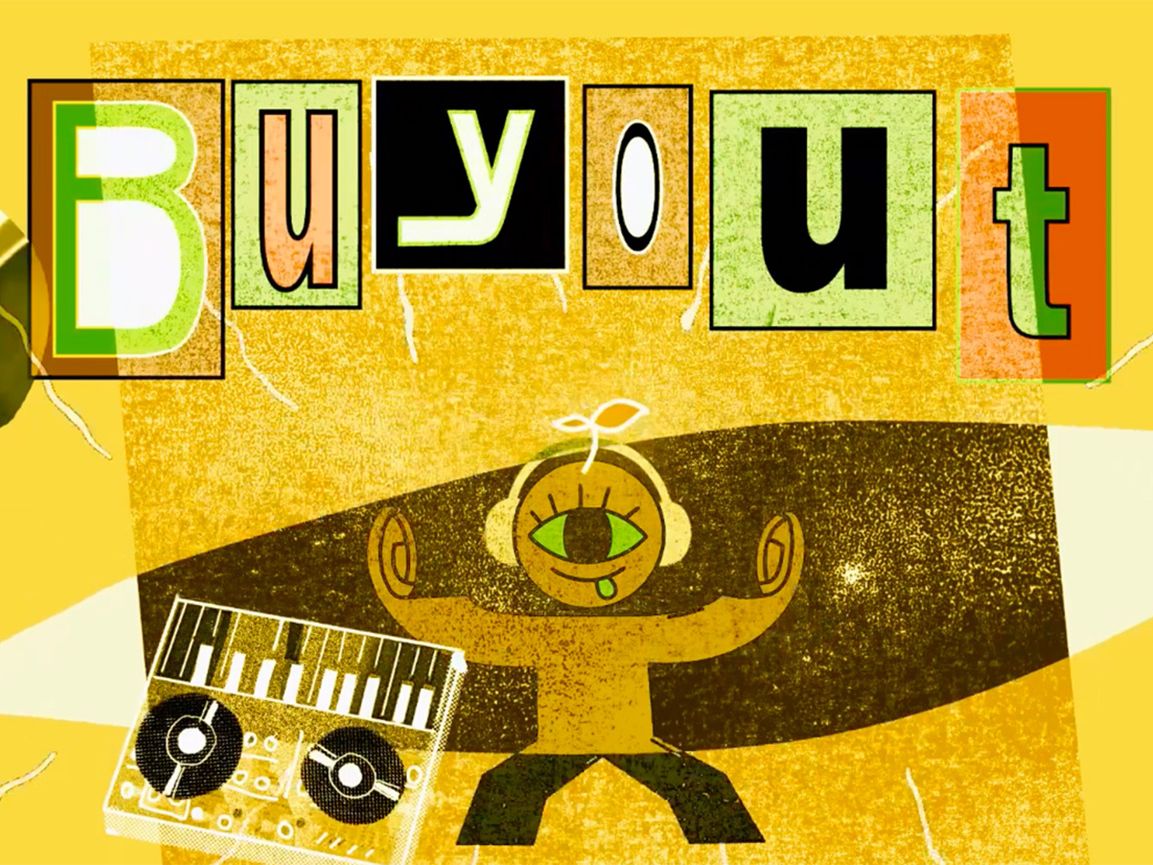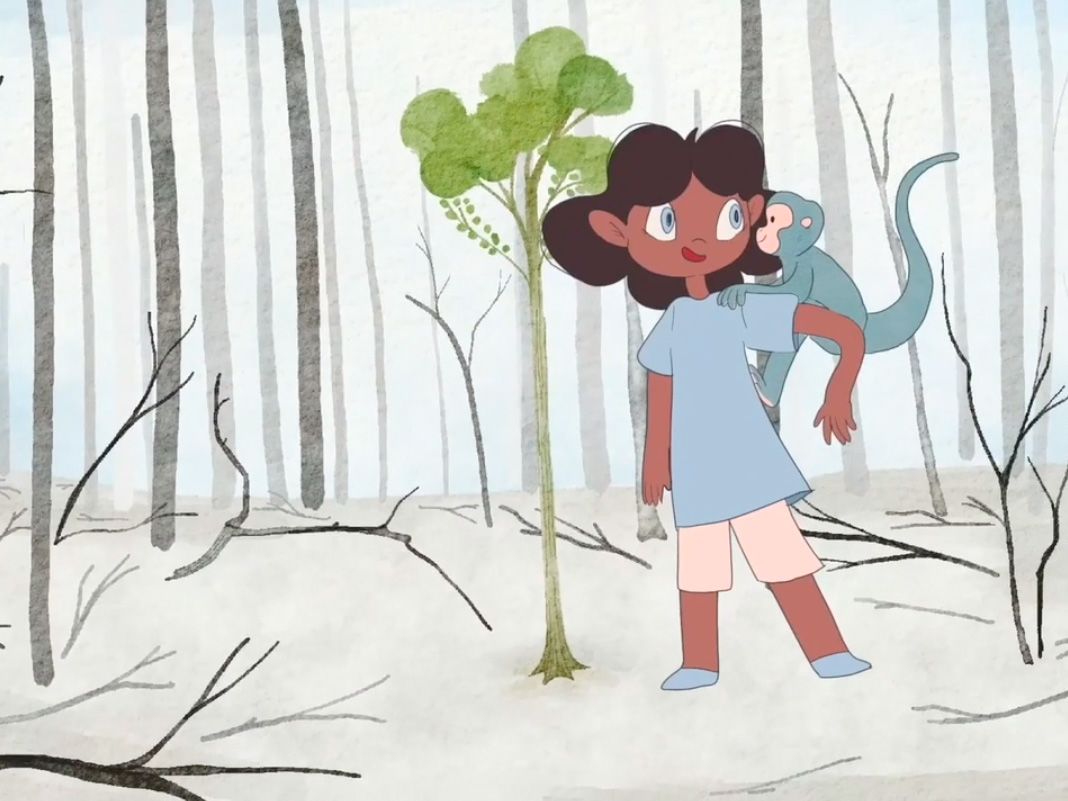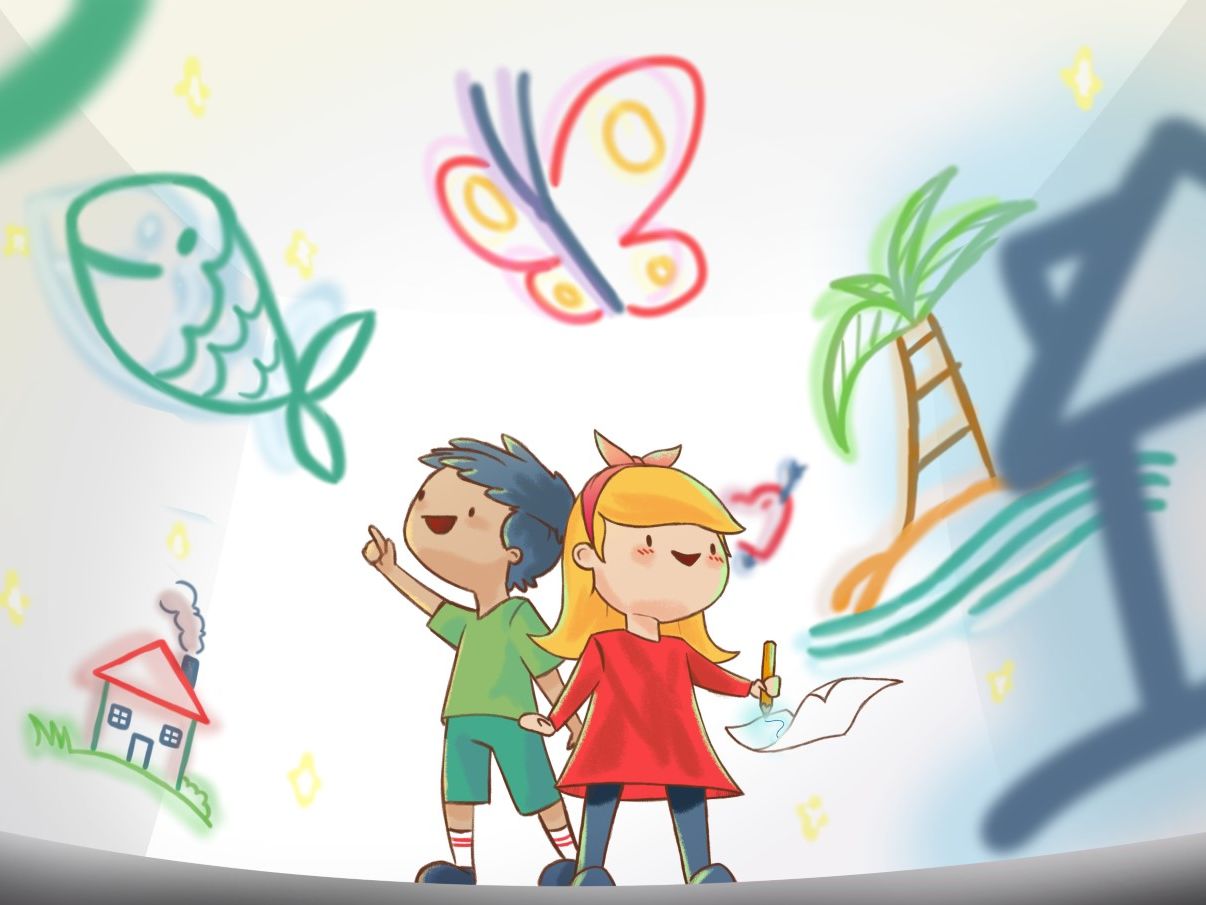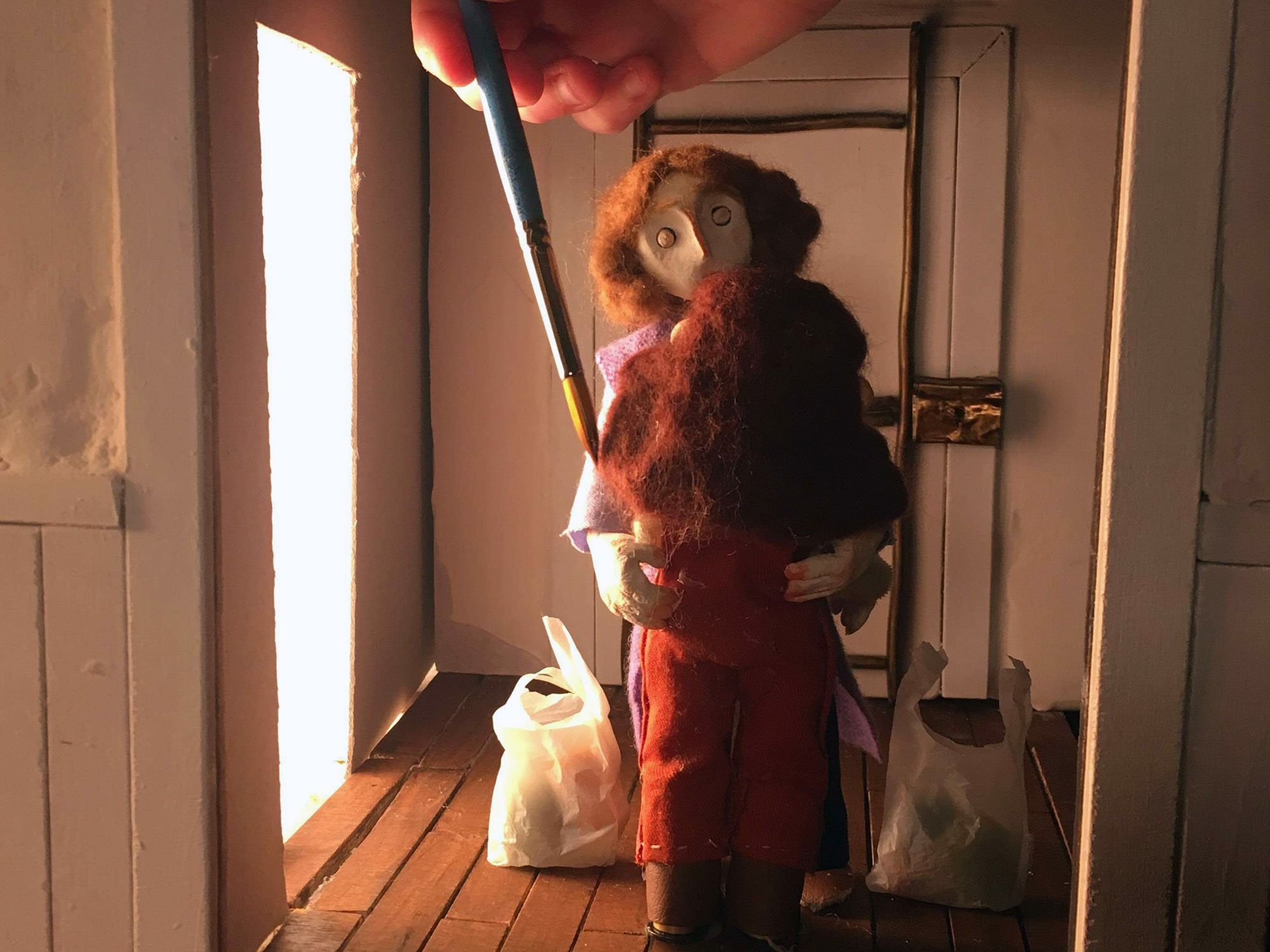
Animation students develop short films for health campaign
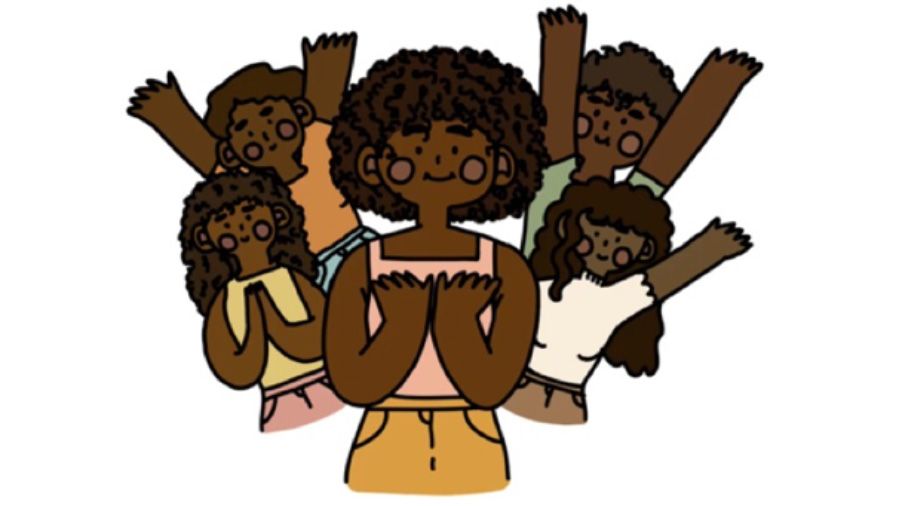
- Written byHannah Mayall
- Published date 25 March 2022

The Animation Arts Pathway of BA (Hons) Animation at London College of Communication (LCC) encourages students to experiment with design, technique, content and format to explore a wide range of less conventional practices and subject matters often through industry-led projects.
Recently, our Year 2 students collaborated with NHS South East London CCG and SCHWEP (Southwark Cultural Health and Wellbeing Partnership) on a new campaign tackling breast cancer screening awareness amongst Black, Asian and minority ethnic women in Southwark. Projects like this ensure that students work can directly reach affected audiences, making an impact on important causes whilst supporting the local community.
In the UK, 1 in 7 women will develop breast cancer in their lifetime but, as our students learned through briefing and conversations with the client and audience, screenings and breast awareness are the best methods for early detection and successful treatment.
The collaborative project asked students to produce short films inspired by testimonies from the Southwark community. Supplied by the CCG, the recordings share survivor stories that demystify the stigma surrounding the condition and prove that a diagnosis is not to be feared. By pairing these recordings with animations produced by LCC students, the films aim to increase the uptake of Black, Asian and minority ethnic women to the National Breast Screening programme, and to boost women’s confidence to talk openly about breast cancer.
Freya McArthur, Dan Pope and Kaylah Ali are 3 of the 8 students whose films were selected to feature in an upcoming campaign that will be shown in GP surgeries and across health touchpoints throughout the borough.
We caught up with Freya, Dan and Kaylah to discuss how their films, ‘It’s in Your Hands’ and ‘Say No to Cancer’, address the sensitive subject by empowering women who face the disease, alongside learning more about their creative practice and highlights from their time at LCC.
It's in Your Hands | NHS South East CCG
How did you first become interested in the field of animation?
Freya: I started to have an interest in animation when I was younger, and made really scrappy stop motion movies using a webcam. I came back to it in college when I found people like CattyTay and Intranet Girl who are making some really cool stuff.
Dan: I first became interested in animation during college. I found it was something that made my work stand out against the others, and was a marketable skill with a clear use in industry.
Kaylah: I’ve always loved drawing since I was young, and as I’ve grown older, I’ve also developed a liking for reading books. I felt that animation gave me the opportunity to cover both drawing and storytelling in a fun and exciting way!
Tell us about your creative practice - do you focus on exploring a particular theme, approach or message through your work?
Freya: At the moment I think I have a general style because I make a lot of different forms of animation (3D, cartoon etc.), but I've been told that I've always been good with creating little funny stories. I've always been interested in retro cartoons, comics and art with a creepier side for inspiration, so I hope to show that in my work.
Kaylah: I always try to have an important message showcased in my work. I think it’s sometimes easier for people to become more aware of a certain topic through visual storytelling rather than just words.

Why did you decide to study on BA (Hons) Animation at LCC?
Freya: In college, I explored a lot of different forms of digital art. I thought I was going to go into graphic design, but I realised that I always come back to moving image in my work so I decided to study animation so I could experiment even more. I also think it was a good idea that I stayed in London.
Dan: I chose LCC because it’s a very good university with lots of connections. Besides having a huge network, its location in London is very exciting compared to my hometown of Newport, Wales.
Kaylah: What drew me to this particular course was the structure of the course pathways. I really liked the idea of trying out different areas of animation in my first year and then focusing on specific aspects in my second year. It’s definitely helped me in the process of thinking about what field I want to specialise in after university.
How did you first find out about the collaborative project, and why did you decide to get involved?
Freya: I decided to work with the NHS to share the story of a breast cancer survivor as I thought that this project had some real value to it that would hopefully create some action, even if it's only one person who decides to go for a screening after watching it.
Dan: I was interested in pursuing it because it seemed like something that had a real-world impact and that would also provide me with valuable, real-world experience.
Kaylah: I got involved with this project because of the importance of the topic. It may be a hard topic to talk about, so I saw an opportunity to not only give my input but also support something that could help other people.

Tell us about your creative process: what inspired your idea, how did you develop it, and how did you take on feedback from the client?
Freya: Our creative process began by choosing a short clip from an hour-long audio we were given by the clients, which included testimonies from multiple survivors. We chose to use one personal story that we thought gave an empathetic message while giving useful steps on how the survivor went through the breast screening process.
As a team, we researched individually and found inspiration. Because the theme was quite dark, we chose to use bright, warm tones as we wanted to emphasise the feeling of support and comfort. We initially took references from stained glass windows, but after client feedback we looked more into home environments.
As a whole, my group separated our workload across the animation process by what we were strongest at - for example, I designed the main characters and took more of a step back when choosing the environments. Overall, because of our communication, I think in the final film, you can't really tell who did which sections.
Dan: For our creative process, we decided that the hand motif was powerful as it hinted at themes of community and interconnectedness. There are many shots of the characters literally reaching out to emphasise the importance of getting help.
There was a lot of back and forth between us and the clients, and they helped us to achieve our full potential by offering constructive criticism. We discarded a lot of the ideas that were not working and worked hard to maintain the ideas that worked well.
Kaylah: After listening to the women who had survived breast cancer, it was clear what kind of message they wanted to send to others, and so I knew what points I wanted to highlight to get those messages across. I felt that going about this topic in a way that makes it easier to digest so whoever is watching it feels at ease was the best way forward; therefore, I put a lot of focus into making the visual style simple and comforting for the audience.
I started developing the film by planning out rough storyboards and character designs that not only conveyed a clear message, but also weren’t too information-heavy. With the design aspects, I focused more on using bright, warm colours to create that comforting and inviting atmosphere so that the film would be easy to understand and process.
Feedback from the client was super helpful in driving forwards my ideas. I presented my ideas step-by-step to them so they saw my development process and reasoning. Then, they offered any encouragement for the ideas they liked and advice for developing it further to make the message I was trying to show even clearer.
Say NO to cancer | NHS South East CCG
This was a fantastic opportunity to work with a real client! What were your highlights?
Freya: It's been one of my first professional briefs, so having a big client like the NHS was really exciting.
Dan: I think my highlights of the opportunity were gaining experience in working as a team and developing a refined, finished product.
Kaylah: I think being able to work with the clients to create something that not only fits what they were looking for, but also an outcome I liked as well was really satisfying. The idea of working with a client can always seem quite daunting but I’m glad to say this was a really cool experience and I look forward to working with more clients in the future!
Also knowing that this film could help others become more comfortable with talking about breast cancer and going for their screenings is really rewarding.

What have you most enjoyed about being at student at LCC so far?
Freya: All the people I've met over the past year have helped me to put myself out there a lot more.
Dan: Being a student at LCC has introduced me to a lot of interesting people and provided me with a clear pathway into the industry.
Kaylah: Being at LCC has definitely impacted the way I work creatively. I feel that our tutors don’t limit us at all with our ideas and aspirations, and they encourage us to think bigger and aim higher. If you bring forward an idea you have, you get support for it all the way through.
What top tips would you give to prospective students who might be interested in exploring the world of animation?
Freya: Try everything that you have an interest in and experiment as much as possible. Collaboration is also really important, so reach out to other artists.
Dan: My tips for aspiring animators would be to make sure you use all the time you have for a project. Don’t leave things until last minute because the best results need a lot of time.
Kaylah: If you’re interested in visual storytelling, then this is definitely the right field for you! I would encourage you to approach animation with an open mind to what you could create and to not worry about your work constantly looking perfect. You have the freedom to explore every possibility in your work by using colour, design, storytelling, and movement to turn nothing into something!
Related links
- Find out more about the NHS South East London CCG breast cancer awareness campaign.
- Learn more about BA (Hons) Animation and its pathways, including Animation Arts.
- Explore Business and Innovation at LCC.
